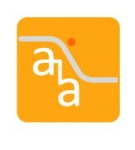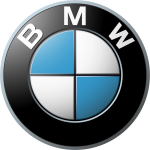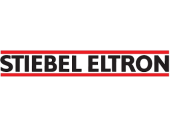Impact of industrial environments on visible light communication
Visible-light communication is a promising technology for industrial environments. However, a variety of physical effects may influence the communication quality in this potentially harsh environment: Dust and other particles lead to increased attenuation. Artificial light sources and industrial processes, such as grinding and welding, cause optical cross-talk. A multitude of reflective surfaces can lead to fading due to multi-path propagation. These three aspects are experimentally investigated in exemplary manufacturing processes at five different production sites in order to estimate the relative importance and their specific impact on VLC transmission in industrial areas. Spectral measurements demonstrate the presence of interfering light sources, which occupy broad parts of the visible spectrum. They give rise to flickering noise, which comprises a set of frequencies in the electrical domain. The impact of these effects on the communication is analysed with reference to the maximum achievable channel capacity and data rate approximation based on on-off keying is deduced. It is found that cross-talk by environmental and artificial light sources is one of the strongest effects, which influences the optical, but also the electrical spectrum. It is also observed that industrial areas differ strongly and must be categorised according to the manufacturing processes, which can induce quite a variation of dust and attenuation accordingly.






























































